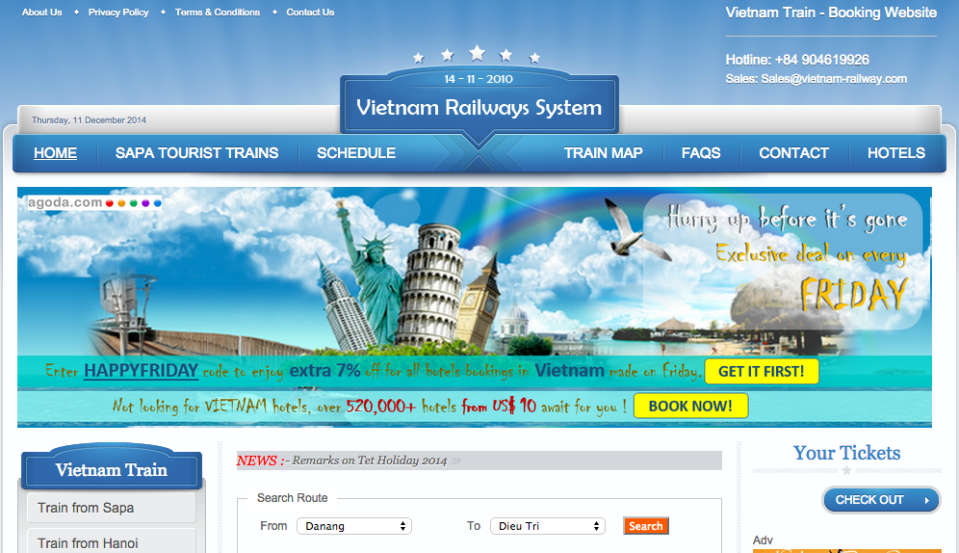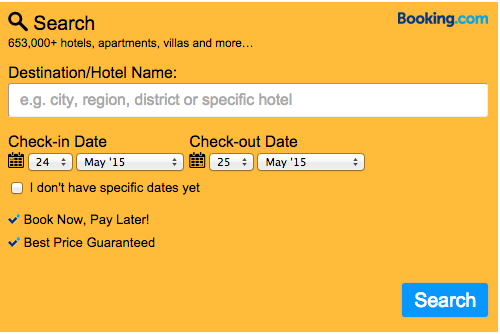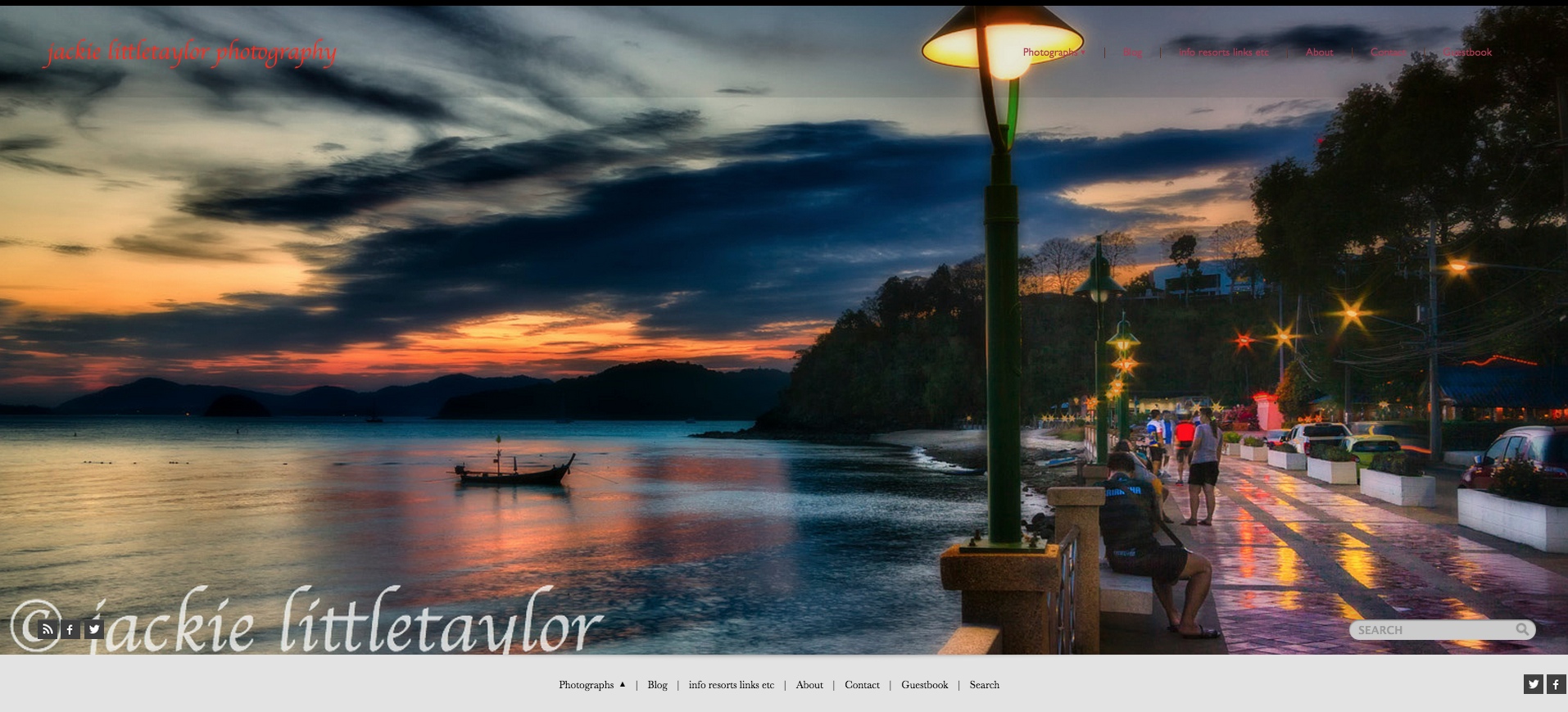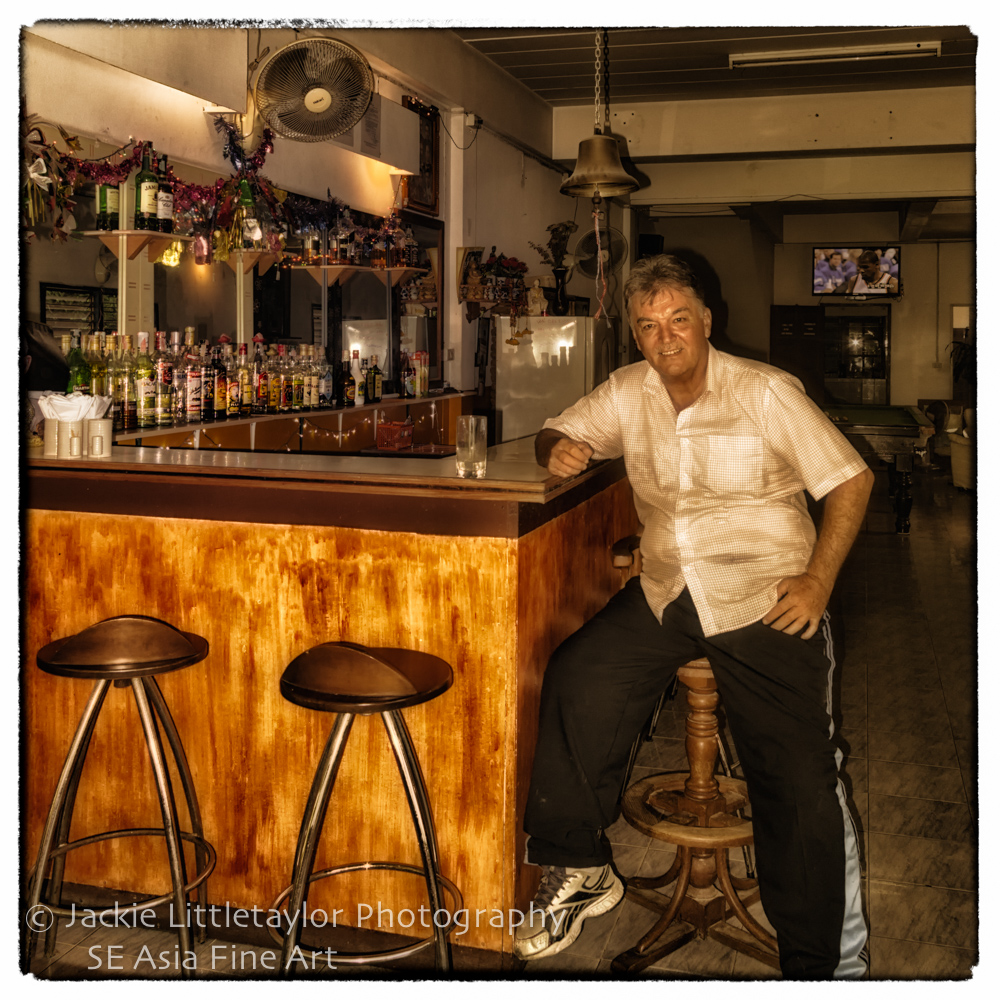I want to start off saying I love Train travel, romantic and if traveling by day you can see the country
Train Travel
Reunification Express Train
map and some text from Vietnam Railway System They are a travel agency not an official government site!
On 1 January 1995, the Vietnamese Government decided to separate infrastructure expenses from transport. Since then, the Government committed to grant fund for infrastructure upgrading and maintenance expenses which before had been paid by the railway sector as well as invest in developing infrastructure.
Vietnam Railways carries out business in competitive market, has reasonable fare and pays fee to the State for the infrastructure use.
In 15/TB communique issued on 20 May 1996, the Prime Minister pointed out guideline and development strategy for Vietnam Railway Corporation to the years 2000, 2010 and 2020. Regarding investment capital for infrastructure development, the Government confirmed that it would be drawn from the State Budget and paid out in terms of infrastructure use fee. The Government also agreed to use available ODA capital to grant finance to invest in infrastructure and buy equipment for Diesel locomotive.
It’s not the Orient Express, but Vietnam’s Reunification Express is a great, fun way to travel. We travel ‘Soft Sleeper’ on all rail journeys. This is the most comfortable standard available though it cannot be compared with European standards. RE train runs all the way from Hanoi to Sai Gon (Ho Chi Minh city), stopping in Hue, Da Nang, Nha Trang and Phan Thiet (Mui Ne). On sleeper trains, generally speaking each carriage contains a number of cabins, which have four berths. Luggage can be kept in your compartment under the bottom bunks. A wash basin and communal western and squat toilets are located at the end of each carriage. Pillows and blankets are provided, meals are sometimes served on the train, but we recommend you bring your own food with you.

wikipedia The Vietnamese railway network has a total length of 2,600 kilometres (1,600 mi), dominated by the North-South line running between Hanoi and Ho Chi Minh City; as of 2007, 85% of the network’s passenger volume and 60% of its cargo volume was transported along this line. There were 278 stations on the Vietnamese railway network as of 2005, 191 of which were located along the North-South line.
Several railway lines have been proposed for construction in Vietnam in recent years. The largest such project is the high-speed North–South Express Railway connecting Ha Noi and Ho Chi Minh City, (see High-speed rail, below) valued at approximately US$56 billion. Due to its cost, plans for the line are currently on hold pending further study of the project.[39] Other projects involve the restoration of previously existing lines, such as the Da Lat–Tháp Chàm and Ho Chi Minh City–Loc Ninh lines, both of which were originally built in the 1930s, but fell into disuse after decades of war. The proposed Ho Chi Minh City–Loc Ninh and Mụ Giạ–Vung Ang lines (both of which had either existed or been considered before World War II) would establish Vietnam’s first international railway links to Cambodia and Laos, respectively.[4]
The railway link from Haiphong to the Chinese city of Kunming was originally built by the French administration of Indochina in the early 20th century. The section within Vietnam is 389 km long (237 km between Hanoi and the border at Lào Cai). The railway used1,000 mm (3 ft 3 3⁄8 in) gauge due to the mountainous terrain along the route. Currently, the line is the only main line in China using metre gauge, (or dual gauge, since it can also be converted to standard gauge). Railway service along the Chinese portion of the route is currently suspended. Cross-border service was available until 2002, when floods and landslides, which frequently caused delays along the route,[56] caused serious damage to the tracks on the Chinese side.[43] The railway will form the Chinese part of the Kunming–Singapore Railway, which has been proposed many times, and which at some point was expected to be completed in 2015.
Railway access to Nanning is done through the border at Đồng Đăng, in Lạng Sơn Province. Regular service generally entails stopping at the border, changing from a Vietnamese metre-gauge train to a Chinese standard-gauge train, and continuing on to Nanning. Since 2009, a daily overnight service is available; the train departs from Hanoi’s Gia Lâm Railway Station, and runs on standard-gauge tracks all the way to Nanning.[43]
- Cambodia
There is currently no railway connection between Vietnam and Cambodia. The French administration of Indochina originally built a railway from Saigon to Lộc Ninh in the 1930s, with the intent of extending it further into Cambodia. It was abandoned in 1945, at the start of the First Indochina War. A new line connecting Ho Chi Minh City to Phnom Penh, Cambodia, was proposed as part of the Kunming–Singapore Railway project, overseen by the ASEAN–Mekong Basin Development Cooperation (AMBDC). The 129 km (80 mi) Vietnamese portion of the line would begin with a junction of the North–South Railway at Dĩ An Railway Station, and would end in Lộc Ninh, Bình Phước Province, close to the Cambodian border. According to the plan established by ASEAN, this stretch is scheduled for completion by 2020.[4][57]
- Laos
There is currently no railway connection between Vietnam and Laos. In 2007, the Laotian Ministry of Transportation entered into discussion with Vietnam to discuss the possibility of opening a new railway line from Thakhek in Laos through the Mụ Giạ Pass to Tân Ấp Railway Station in Quảng Bình Province, connecting to the national railway at Vung Ang, a port in Hà Tĩnh Province which the Vietnamese Government plans to expand. This would revive, in part, an earlier but aborted scheme, the Thakhek - Tân Ấp railway. According to plans established by ASEAN, the line may be extended via Thakhek all the way to the Laotian capital Vientiane. Both Laos and Thailand have expressed interest in the project as a shorter export gateway to the Pacific Ocean.[4][58]
High-speed rail

Japanese Shinkansen technology has been suggested for use in the express railway project. (Photo: Taiwan High Speed Rail)
National railway company Vietnam Railways has proposed a high-speed rail link between Hanoi and Ho Chi Minh City, capable of running at speeds of 300 km/h (186 mph). Funding for the line would come mainly from the Vietnamese government, with Japanese aid in the form of official development assistance (ODA). Current technology allows trains travelling on the current, single-track Hanoi to Ho Chi Minh City line to complete the journey in approximately thirty hours.[41] Once completed, the high-speed rail line—using Japanese Shinkansen technology—would allow trains to complete the Hanoi–Ho Chi Minh City journey in less than six hours.[5][39][59]
Vietnamese prime minister Nguyen Tan Dung had originally set an ambitious target, approving a 1,630 km (1,010 mi) line to be completed by 2013, with 70 percent of funding (initially estimated at US$33 billion) coming from Japanese ODA, and the remaining 30 percent raised through loans.[59] Later reports raised estimated costs to US$56 billion (almost 60 percent of Vietnam’s GDP in 2009) for a completion date in the mid-2030s. On June 19, 2010, after a month of deliberation, Vietnam’s National Assembly rejected the high speed rail proposal due to its high cost; National Assembly deputies had asked for further study of the project.
source Vietnam Impressive Agency
Train Information
The Ha Noi-Lao Cai tourist trains run nightly, departing from Ha Noi Train Station B (behind 120 Le Duan Street). The following trains from Ha Noi to Lao Cai (SP1, SP7, LC1, LC3; AM: LC5) and from Lao Cai to Ha Noi (PM: SP2, SP8, LC2, LC4; AM: LC 6) daily. The daytime trainsets offer only hard seats, whereas Travelers enjoy soft-sleepers, air-conditioned, four-berth cabins on the night trains.
Sapa Tourist Carriages
Fansipan Express Carriage (attached to SP1/2)
The brand new Fansipan Express train has just been introduced to operate routing Hanoi - Lao Cai - Hanoi with 4 fully decorated carriages with high standard soft sleepers with airconditioning wooden cabins. Each berth is equipped with reading lights, baggage storage, flower, mineral water and napkin.
Livitrans Carriage (attached to SP7/8)
To serve tourist requirements, the Livitrans train is also part of a regular train with 2 carriages in SP7 and SP8 which offers A/ C, soft-sleepers and clean four-berth cabins.
Chapa Express Carriage (attached to SP3/4)
A new tourist carriage train for your trip Hanoi-Laocai-Hanoi in same branch of 4 stars hotel in Sapa: U Sapa hotel. This first class carriage of 7 luxury wooden 4-berth sharing cabin with A/C. Two upper bunks can be foldable, cabin looks like a VIP 2-berth cabin, a good choice for clients preferred the privacy. Nice decorated cabin with soft pillows, fresh blankets, graceful curtains and friendly care of Chapa Express’s staff from beginning to the end of your overnight train journey.
Orient Express Carriage (attached to SP3/4)
With the comfort facilities of the wood-panelling cabins, deluxe cabin of Orient Express carriage makes your stay memorable to relax or simply let the beauty gliding over your spacious windows. Luxury, inspiration and refreshment are main character of these carriages. Donot confuse yourself with Victoria Orient Express!
Tulico Carriage (attached to SP1/2)
Tulico train offers comfortable, air-conditioned soft sleepers. While this is not a luxurious train, it offers good alternative transportation to Sa Pa from Ha Noi. It has soft sleepers, A/C and four-berth cabins. You are provided with one bottle of water, a small snack and a napkin.
TSC Carriage (attached to SP1/2/3/4)
The TSC Express train is wooden carriage, soft sleeper A.C cabin with soft 4 berths and two toilet at either ends. Each berth is equipped with individual reading lights, baggage storage and spacious trunk for suite case and hand luggage. The train provide also water and cold tower.
Et Pumpkin Carriage (attached to SP1/2)
There are two kinds to feature on this carriage: the first called ‘deluxe’ wooden panelled cabins connect with SP1 and SP2 (Hanoi-Laocai-Hanoi) and the second is ‘superior’ croned wooden cabin. We advise you to take all the real wooden panelled cabins. Their deluxe cabin is nice and accepted with the similar standard like other tourist carriages - wooden decored, mineral water, fruit are set up on complimentary basis.
Sapaly Express Carriage (attached to SP3/4)
A new generation of tourist carriage runs Hanoi-Laocai-Hanoi, each carriage is designed only for 6 spacious cabins instead of 7 cabins as usua. Decorated with natural wooden furniture, soft pillows, fresh blankets, graceful curtains and state of the art facilities, cabins are bound to bestow on passengers a nice stay with deep sleep. Sapaly VIP 2 berth cabins are designed solely for couples who desire to have their own privacy.
Green Express train (attached to SP3/4)
Another new kind of tourist carriage train for Hanoi-Laocai-Hanoi, the Green Express carriage is attracted by offering soft sleeper carriage, A/C clean four-berth cabins with cozy comforts for travelers during the trip. You will see this luxurious and professional train service with charmingly designed and furnished with modern deluxe wooden natural furniture under harmonic light system which creates a noble and pleasant feeling to the guests.
More on transfer Lao Cai station - Sapa
The Ha Noi - Lao Cai train stops at Lao Cai Station, some 40 kilometres from Sapa and stops at Sapa’s main Post Office (Buu Dien). Each way cost about VND30,000-35,000.
The tourist bus back to Lao Cai leaves from outside Sapa’s church, but it usually will pick you up at your hotel - inquire with the hotel staff for getting a bus ticket back to Lao Cai Station.
|
Train
|
Class
|
Cost (US$)/way/berth (return is doubled price) | |
| Livitrans Carriage | First Class with wooden cabin - 4 berths | 46 | |
| Fansipan Express | First Class with wooden cabin - 4 berths | 46 | |
| Private 4-berth cabin, 2 upper bunks are foldable & set up similar VIP cabin | 92 | ||
| Chapa Express | First Class with wooden cabin - 4 berths | 46 | |
| Private 4-berth cabin, 2 upper bunks are foldable | 92 | ||
| Orient Express | Deluxe with wooden cabin - 4 berths | 43 | |
| Private 4-berth cabin, 2 upper bunks are foldable & set up similar VIP cabin | 86 | ||
| VIP Class - 2 berths (only 1 VIP available) | 86 | ||
| Tulico Carriage | First Class with wooden cabin - 4 berths | 43 | |
| VIP Class - 2 berths (only 1 VIP available) | 86 | ||
| TSC Carriage | Deluxe with wooden cabin - 4 berths with SP1/SP2 |
43 | |
| Hara Express | Deluxe with wooden cabin - 4 berths with SP1/SP2 or SP3/SP4 |
43 | |
| Et Pumpkin | Deluxe with wooden cabin - 4 berths | 43 | |
| Sapaly | First Class with wooden cabin - 4 berths | 49 | |
| Private 4-berth cabin, 2 upper bunks are foldable & set up similar VIP cabin | 98 |
Note: All passengers need to provide full name detail to confirm the booking
Children policy: 10% off on adult’s rates for children under 11 year olds with height under 1.32m for Fanxipan Express carriage only
Free of charge for child under 3 year olds or infant, sharing parent’s existed bed for all tourist carriages
Special note: Since there are only three VIP cabins on Tulico, Fanxipan and Orient Express so these cabins are often full quickly. You will be normally confirmed under either private 4 berths or private 2 berths with other two foldable and they are not real VIP. Please make sure this when you received confirmation from us to avoid confusion and frustration later.
| Departure | Destination | |||
| Station | Departure time | Station | Arrival time +1 (the next day) |
|
| SP1/ Fansipan, Orient Express, Tulico, Hara, TSC, and Et Pumpkin | Hanoi | 21.10 | Lao Cai | 05.30+1 |
| SP2/ Fansipan, Orient Express, Tulico, TSC, Hara and Et Pumpkin | Lao Cai | 19.35 | Hanoi | 04.10+1 |
| SP3/ Orient Express, TSC, Sapaly Express, Chapa Express, and Green Express | Hanoi | 21.50 | Lao Cai | 06.25+1 |
| SP4/ Orient Express, TSC, Sapaly Express, Chapa Express and Green Expres | Lao Cai | 20.20 | Hanoi | 04.45+1 |
| SP7/ Livitrans | Hanoi | 20.25 | Lao Cai | 04.50+1 |
| SP8/ Livitrans | Lao Cai | 18.50 | Hanoi | 03.52+1 |
| SP5/ Additional Orient Express or Vietnam Railways | Hanoi | 19.40 | Lao Cai | 04.22+1 |
| SP6/ Additonal Orient Express or Vietnam Railways | Lao Cai | 20.55 | Hanoi | 06.45+1 |
| LC1/ Additional Orient Express or Vietnam Railways | Hanoi | 22.00 | Lao Cai | 07.35+1 |
| LC2/ Additional Orient Express or Vietnam Railways | Lao Cai | 18.00 | Hanoi | 03.30+1 |
| LC3/ Additional Orient Express or Vietnam Railways | Hanoi | 06.10 | Lao Cai | 15.55 |
| LC4/ Additional Orient Express or Vietnam Railways | Lao Cai | 09.50 | Hanoi | 20.15 |
Train Stations
As of 2005, there were 278 stations on the Vietnamese railway network of which 191 were located along the North–South line. I have only listed the major train stations
source Vietnam Train travel agency
photos and some text
SAIGON (HO CHI MINH CITY) TRAIN STATION
Add: No. 1, Nguyen Thong Str, 9 Ward, Dist 3, Ho Chi Minh City.
Tel: 84 8343 6528 | +84 8346 6091
HANOI TRAIN STATION - GATE A
Add: 120 Le Duan Str, Cua Nam Ward, Hoan Kiem Dist, Hanoi
Tel: +84 4 3 9423 697
TRAN QUY CAP TRAIN STATION (HANOI TRAIN STATION GATE B)
Add: Tran Quy Cap Str, Cua Nam Ward, Hoan Kiem Dist, Hanoi
Tel:
DA NANG TRAIN STATION
Add: No. 202, Hai Phong Str, Da Nang City.
Tel: +84 511 3821 175 | +84 511 3823 810
Da Nang Station is among the three largest train stations of Vietnam welcoming daily trips from the North to the South and vice-versa that stop for a long time enough to collect relatively huge number of passengers in the city. The facility of Da Nang Station is of very modern, secured and hygiene quality. Besides North – South routines, Da Nang Station offers provincial routines like Da Nag – Hue; Da Nang – Quang Binh; Da Nang – Vinh; Da Nang – Quy Nhon; Da Nang – HCMC.
Passengers can have diverse options to any stations of different classes and locomotives:
From the North to the South coded odd numbers: E1, S1, S3, S5, S7 and SD1.
From the South to the North coded even numbers: E2, S2, S4, S6 and S8.
DONG HA TRAIN STATION
Add: No. 02 Le Thanh Ton Street, Dong Ha City, Quang Tri Province
Tel: 053-3850-631 - Fax: 053-3859-134
NHA TRANG TRAIN STATION
Add: 17 Thai Nguyen Street, Phuoc Tan Ward, Nha Trang City
Tel: (+84-58) 3 822 113
For passengers who often travel to Nha Trang by train, this train station is truly a familiar location. The station was built during colonial period of French in 20th, and until now, it has remained numerous features of architecture from that era. Today, Nha Trang Train station is one of most important checkpoint on integrated railroad between North and South of Vietnam, which welcomes thousands of passengers stop by each years.
VINH TRAIN STATION
Add: No. 1, Le Ninh Road, Vinh City, Nghe An
Tel: Tel: 038-3853-426 - Fax: 038-3853-426
Born on 17/3/1905, Vinh Station was heavily invested by French Colonial to be one of the five key railways in Indochina with the purpose to exploit property of Vietnam and transport prisoners. During the resistance war against American invaders, Vinh Station helped a lots in transporting tons of weapons and foods between the North and the South of Vietnam. After the libration of the nation, Vinh station was re-constructed from a scratch to be the first class train station of Vietnam with modern equipment, convenient guest house and ticket booths. Not only that, the whole system of the station is coordination between Vietnam and Switzerland government that makes every single trip from Vinh Station as safe and on time as possible.
BINH DINH TRAIN STATION (DIEU TRI TRAIN STATION)
Add: Van Hoi 2, Dieu Tri Town, Tuy Phuoc District, Binh Dinh Province
Tel: Tel: (+84-56) 3 833 255/ 3 833 249
This is provincial train station of Binh Dinh City, and also an important gateway on the railroad from North to South of Vietnam. The station is stop point of most trains on system of Express train between North and South of Vietnam, so that this place welcomes a considerable number of passengers to visit each year, with a huge number of travelers from diverse regions in Vietnam. Beside Dieu Tri Station, Binh Dinh also have another crucial station name “Quy Nhon” in Quy Nhon city, which is also another crucial checkpoint on railway between North and South of Vietnam.
NAM DINH TRAIN STATION
Add: 2 Tran Dang Ninh, Nam Dinh City
Tel: Tel: (84-350) 3836558 - Fax: (84-350) 3865756
Although a small and rather rundown train station, Nam Dinh provides important access for the local to travel to Hanoi. Approximate travel time by train from Hanoi to Nam Dinh by train is 1 hour 40 minutes.
NINH BINH TRAIN STATION
Add: No. 1 Hoang Hoa Tham Road, Than District, Ninh Binh City
Tel: Tel: 030.3673.619 - Fax: 030.3881.385
In opposite to its old look, Ninh Binh Station’s size is among the largest ones in the North of Vietnam. The station is a very important hub which connects the Central and the North by welcoming and operating up to 11 varieties of Reunion Express Train. Located on a holy land of a long lasting history - ancient capital Hoa Lu; Ninh Binh Station stood firmly through the damage of bullets and bombs during the war time to transfer soldiers, foods and weapons that made significant contribution to Vietnamese army. Ninh Binh Station has a waiting room of fairly good condition selling soft drink and tickets to several provinces in the Central and the South like Hue, Da Nang, Quang Ngai, Nha Trang, Sai Gon, etc.
THANH HOA TRAIN STATION
Add: No. 2, Dinh Nghe Street, Thanh Hoa City
Tel: 037.3851.527 - Fax: 037.3757.236
Thanh Hoa Station is an indispensable link of the North – South routine and is also one of the largest train stations of Vietnam. The main storey of Thanh Hoa Station is relatively modern comparing to other stations in the North, which is equipped with comfortable guest room with a capacity of 100 seats; convenient ticket booths and soft drink store selling most of the varieties of drink and snack like fresh bread and potato chips. Tourists to Sam Son Beach may find it very convenient since the station organizes a direct bus routine to the destination, with over 70 trips per day at a surprising cheap fare of only VND 5,000 (around US 25 cent). From Thanh Hoa Station, passengers may travel to top destinations of Vietnam like Hanoi, Ninh Binh, Hue, Da Nang, Nha Trang, Ho Chi Minh City, etc.
PHU LY TRAIN STATION
Add: National Highway 1A, Hai Ba Trung District, Phu Ly City, Ha Nam Province
Tel: Tel: +(84) (0351) 3 852168
Phu Ly Station is a stop of small size on the North – South routine of The Reunion Express Train. Erected during the colonial time as its primary role of transferring coal and raw materials, Phu Ly Station is still remaining its responsibility nowadays. Although it is only a transport hub, the station has one comfortable guest room and a small shop offering fresh soft-drink and snacks. Passengers may choose a variety of classes to travel from and to Phu Ly such as hard seat, soft seat, hard bed or soft bed.
DONG HOI TRAIN STATION
Add: Sub-regional 4 (Tiểu Khu 4), Nam Ly District, Dong Hoi City, Quang Binh.
Tel: 052-3820-558 - Fax: 052-3837-429
Dong Hoi Station is a spacious modern station in the Central of Vietnam that offers daily routine connecting the North and the South. Here, passengers may easily buy train tickets of different classes like air-conditioned hard or soft seat; or hard or soft seat. The most frequent routines of Dong Hoi Station are Dong Hoi – Hanoi and Dong Hoi Saigon, transported by high quality locomotives of The Reunion Express Train like SE1, SE2, SE7, TN4, TN8, etc. Dong Hoi City is famous for world cultural heritage Phong Nha – Ke Bang and the stunning Nhat Le Beach with upmarket SunSpa Resort.
HUE TRAIN STATION
Add: No. 2, Bui Thi Xuan Str, Hue City.
Tel: +84 54 3822 175
Hue Station was built in 1902 and opened to the public in 1906 by French colonial. The architecture of the station bears strongly that of France and is a spot light of Hue City. From then on, Hue Station plays a very important role in the transport system and the development of the economy of Hue City specifically and Vietnam in general. During war time, Hue Station is a critical hub transporting Vietnamese army and revolutionary organizations to the South contributing to the liberation of the country. Since 1945, Hue Station has been named Tran Van Cao Station.
sources
http://www.seat61.com/Vietnam.htm#.VIqmmWSUd5I
https://www.greatrail.com/holiday-destinations/asia/vietnam/
http://www.vietnamimpressive.com/service/reunification-express-train.html
http://www.vietnamtrain.com/stations.html
also read














